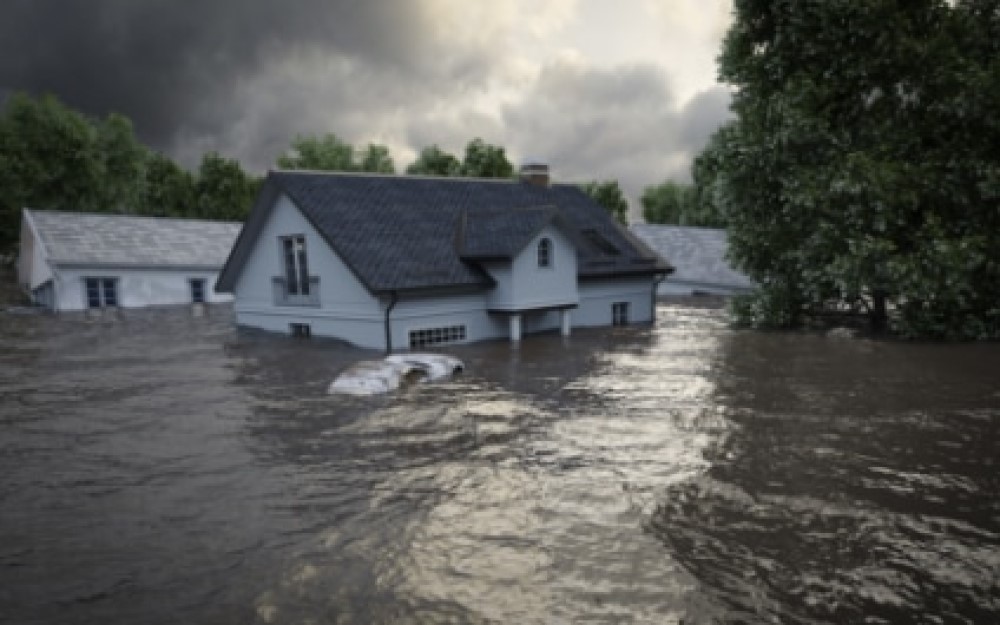
After natural disasters strike, communities are often left reeling with what to do next. When recovery and cleanup efforts begin it is important to maintain safety as a priority. Floods specifically create many safety hazards. Personnel should be aware of hazards, such as electrocution, gas leaks, carbon monoxide poisoning, and mold growth.
- Electrocution can occur from contact with downed or damaged power lines. Personnel should be on watch for damaged power lines and report them to electrical utility companies.
- Gas leaks may lead to fires or explosions. To prevent any damage gas lines should be turned off at the source.
- During recovery and cleanup, generators are often used to provide power. It is important to remember that generators should be used exclusively outside since they create carbon monoxide, otherwise poisoning may occur.
- Mold growth can occur within 48 hours of the flood. To prevent mold growth the relative humidity and temperature should be reduced as areas are cleaned and dried. Proper personal protective equipment (PPE) should be worn if mold is encountered, such as gloves, goggles, and an N95 or N100 face mask.
Several federal agencies have created guidance documents on safe flood recovery and cleanup, including Occupational Safety and Health Administration (OSHA), Environmental Protection Agency (EPA), and Federal Emergency Management Agency (FEMA). While all these agencies have similar goals of protecting health, safety and the environment during cleanup efforts, they present a different approach.
- The mission of OSHA is to ensure safe and healthful working conditions for workers by setting and enforcing standards, and by providing training, outreach, education and assistance. The guidance document provided by OSHA focuses on the safety and health of workers who are responding to the disaster.
- The EPA’s mission is to protect human health and the environment. The guidance presented below by the EPA highlights the protection of indoor air quality.
- FEMA strives to help people before, during, and after disasters. Guidance released by FEMA is often disaster specific. For example, the guidance below was released in response to flooding created by Hurricane Irma. This guidance is often focused on recovering or providing a safe environment for people to live, including an emphasis on filing flood insurance claims.
Overall, when responding to a natural disaster, such as a flood, it is important to consider the recommendations from more than one agency. All approaches to safety during flood recovery and cleanup should be integrated to create a comprehensive view of safety.
While developing a casualty estimator tool for the national planning scenarios, Alliance Solutions Group found that the majority of hurricane related casualties occur during the recovery phase due to non-routine activities with inherent risk, such as use of chain saws, driving off road, encounters with live electrical lines, and debris management. Also, flood water transport and deposit hazardous chemicals. Responders and residents should ensure that they are avoiding direct contact with flood waters.
OSHA, “Keeping Workers Safe during Flood Cleanup”
EPA, “Flood Cleanup: Protecting Indoor Air Quality”
FEMA, “Safe Cleanup After the Flood”
Don't worry, no spam here!
Keep up to date with the latest trends, best practices and innovations in the Emergency Management and Environmental, Health and Safety sectors.

